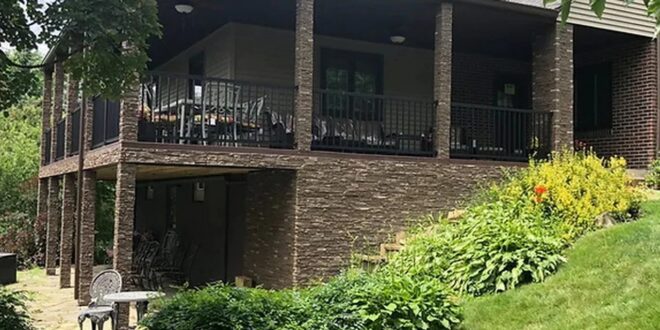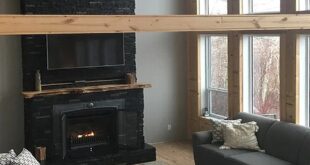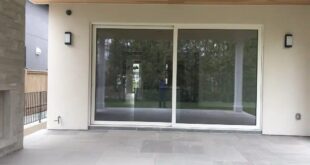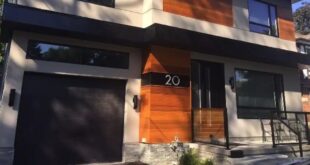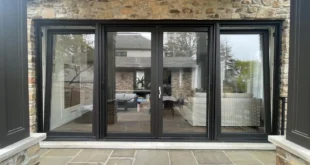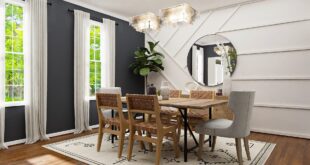There’s something about the look of stone that never goes out of style. Whether it’s a cozy fireplace surround or a bold exterior feature wall, stone brings a natural, grounded feel that elevates just about any space. But as anyone who’s worked with it knows, stone can be expensive, heavy, and tricky to install. That’s why more and more people are turning to imitation stone panels as a smarter, more manageable way to get that timeless aesthetic—without all the baggage.
These panels are designed to mimic the texture, color, and depth of real stone, but they’re made from lightweight, modern materials like polyurethane or composite blends. The result? A surface that looks stunning, holds up to the elements, and goes up way faster than traditional masonry.
What Are Imitation Stone Panels, Exactly?
Think of imitation stone panels as a clever workaround. Instead of hauling in stacks of heavy stone and spending days fitting and mortaring each one in place, these panels come in pre-formed sections that replicate the look of stone blocks or slabs. They’re molded from real stone to get the details right—every ridge, groove, and variation—and then finished in natural-looking colors that make them pretty hard to tell apart from the real thing.
They’re lightweight, which means one person can usually handle the installation without needing special equipment or backup. Most panels can be installed with construction adhesive and a drill, and they lock together in a way that hides seams and creates a seamless stone-look finish.
Why Go Faux? (Hint: It’s Not Just About Price)
Sure, imitation stone panels tend to be more affordable than real stone. That’s a given. But there’s more to it than just saving money. Real stone is porous and can absorb moisture, which can lead to cracking in freeze-thaw cycles or staining over time. Stone is also heavy—really heavy—which makes transportation, handling, and installation more difficult and often more expensive.
Imitation stone, on the other hand, is lighter, more weather-resistant, and easier to maintain. It doesn’t require sealing. It won’t chip or flake like natural stone might. And it’s usually installed in a fraction of the time. That means less labor, less mess, and a project that’s done sooner.
Where You Can Use Imitation Stone Panels
One of the biggest advantages of imitation stone is its flexibility. You can use it just about anywhere. Interiors, exteriors, residential, commercial—it’s a fit for all kinds of spaces.
-
Accent walls: Bring warmth and character to a living room, hallway, or bedroom.
-
Fireplace surrounds: Create a rustic or modern stone fireplace look without the masonry.
-
Kitchens and islands: Add a bit of natural texture behind cabinets or on a kitchen island front.
-
Exteriors: Clad part (or all) of your home’s exterior for serious curb appeal.
-
Columns and fences: Dress up porch posts, garden walls, or gate columns for a more finished look.
Because they’re weather-resistant and UV-stable, many imitation stone panels can handle outdoor exposure just as well as indoor use. Some are even rated for use in harsh climates—so if you’re dealing with cold winters or hot summers, they’re built to last.
Style Options That Fit (Almost) Any Design
One of the biggest misconceptions about imitation stone is that it only comes in one “look.” Not true. Today’s panels come in a wide range of styles and tones—from rugged, stacked ledgestone to smoother, more uniform cuts. Whether your space leans modern, rustic, traditional, or somewhere in between, there’s likely a pattern and color that fits your aesthetic.
Some panels mimic the cool tones of slate or granite. Others take on the warmer, earthy tones of sandstone or fieldstone. And the finishes aren’t flat or fake-looking—they’ve got real depth, texture, and shadow, which gives them that believable, built-in feel once they’re on the wall.
DIY-Friendly, But Contractor-Approved
If you’re the handy type, imitation stone panels are a satisfying weekend project. Most come with simple instructions, and you don’t need fancy tools—just a level, a saw, adhesive, and maybe a few screws. No mixing mortar, no waiting on dry times, no need for a crew. You can transform an entire space in a day or two, depending on the size.
That said, contractors use these panels all the time for bigger projects because they’re efficient. Faster installs mean lower labor costs, and fewer on-site complications. If you’re hiring someone to do a full wall or exterior application, the savings on time and hassle can be huge.
Long-Term Maintenance? Not Much
One of the more underrated benefits of going with imitation stone is that once it’s up, you’re basically done. No sealing. No scrubbing grout. Just an occasional wipe-down if you notice dust or cobwebs. It doesn’t stain easily, and it holds up to everyday life without a lot of upkeep.
And because the color is embedded in the material—not just painted on—it won’t fade like some cheaper alternatives. You get that natural stone look, season after season, without the usual wear and tear that comes with real stonework.
Worth It?
Absolutely. For anyone who wants the richness of stone without the cost, weight, or complexity, imitation stone panels offer a real solution. They’ve come a long way in terms of realism, performance, and versatility. And in many cases, once they’re installed, no one’s going to know they’re not real stone. Unless you tell them.
 Happy at Home Family Problems & Solutions | Home & Health Tips
Happy at Home Family Problems & Solutions | Home & Health Tips
